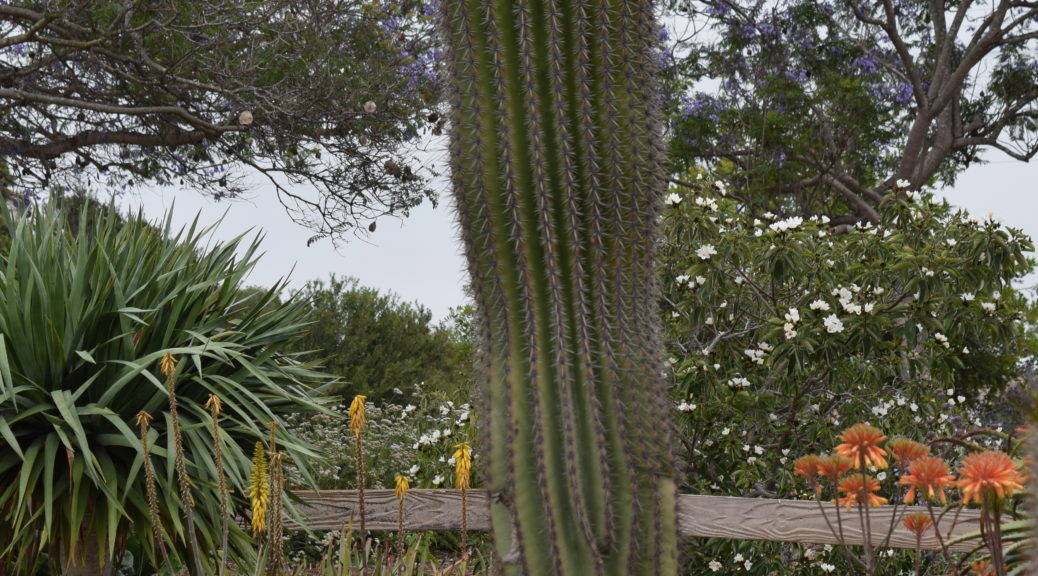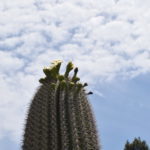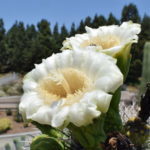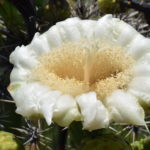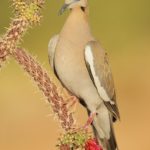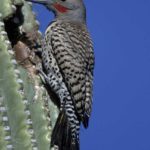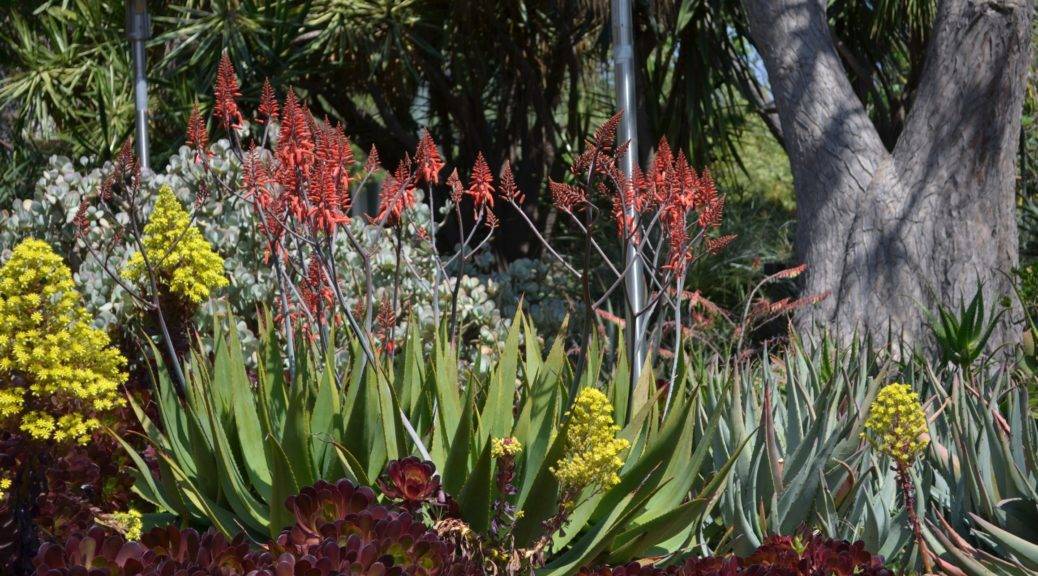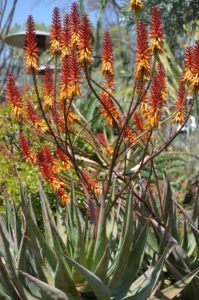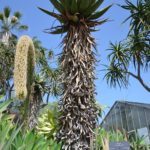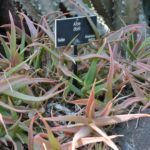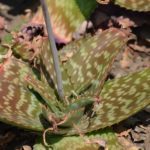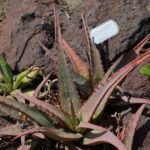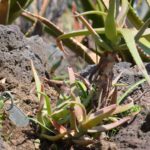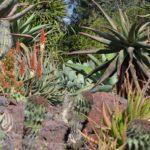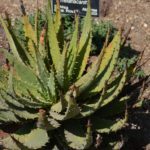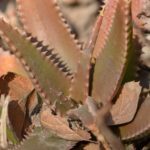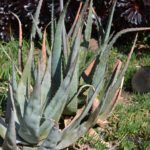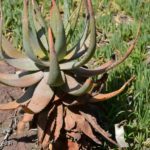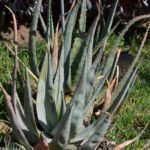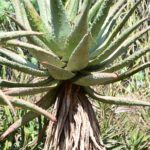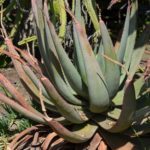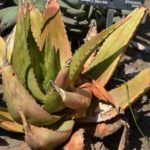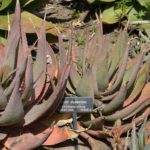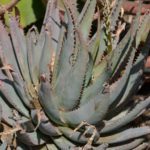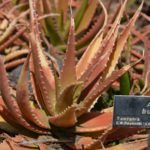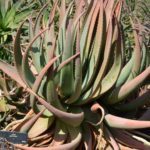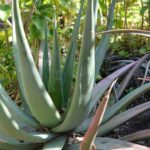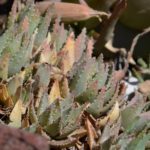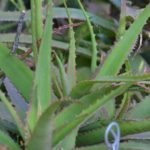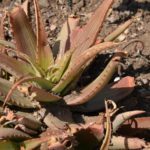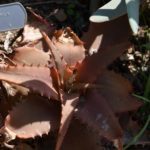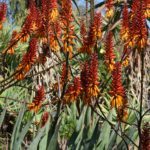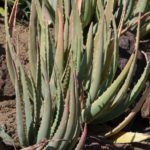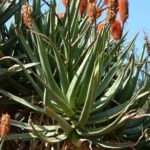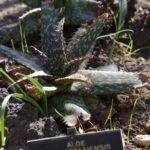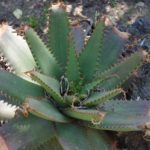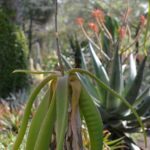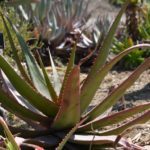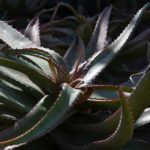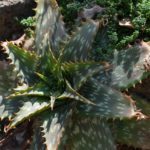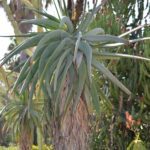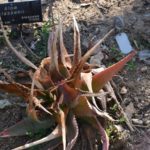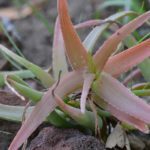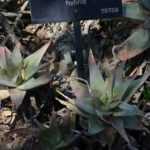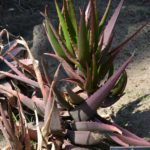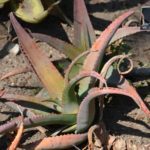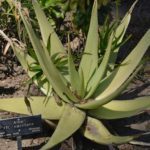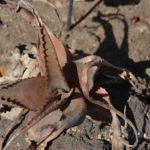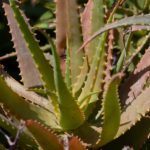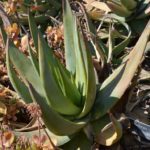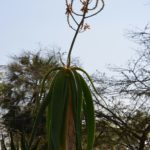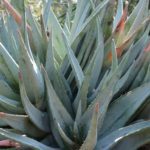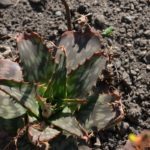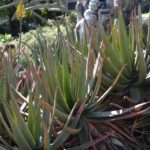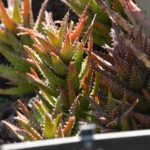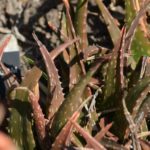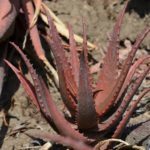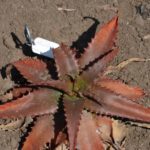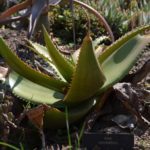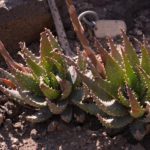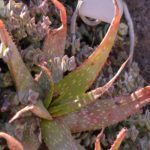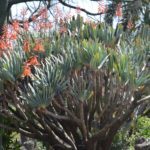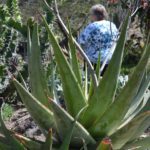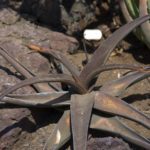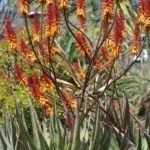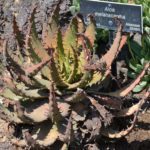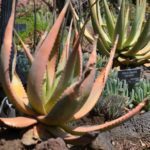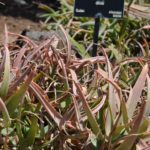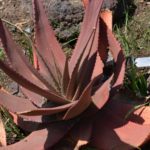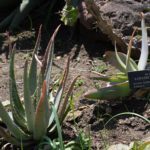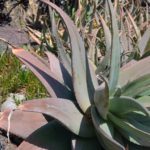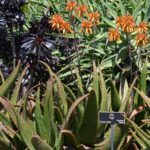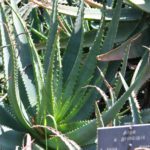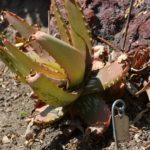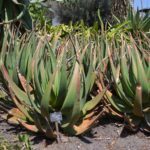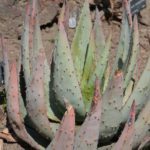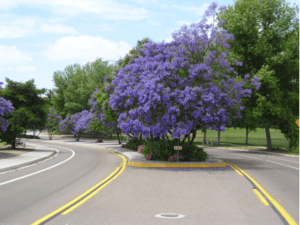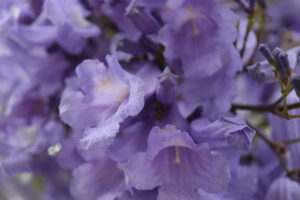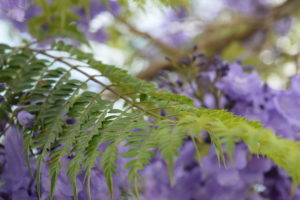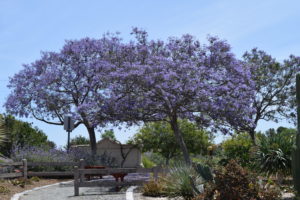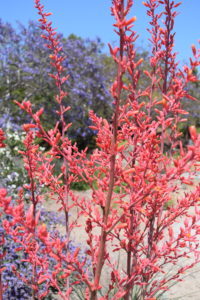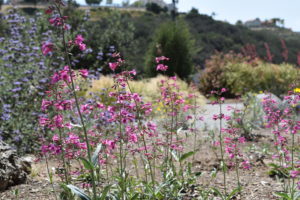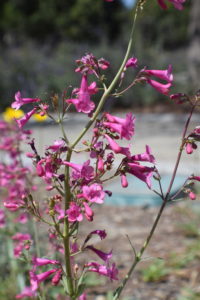Habitat
The iconic Saguaro cactus, Carnegiea gigantea, occurs naturally in the Sonoran Desert. This unique habitat, which is home to many other characteristic plants and animals, is shared by the United States (Arizona, California) and Mexico (Baja California, Sonora). The Saguaro Cactus ranges north to the edge of the Hualapai Mountains in Arizona and along the Colorado River in south-eastern California. The largest saguaro populations occur in the state of Sonora (Mexico) where its distribution reaches its southernmost point around Ciudad Obregón, the second-largest Sonoran city.
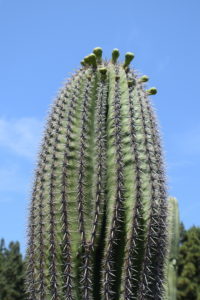
Description
A member of the cactus family (Cactaceae), Carnegiea gigantea is a tall, tree-like cactus. It is columnar in form, the stem and branches tall and thin, like pillars, and grows up to 50 feet tall. The ribbed stem (trunk) can reach a diameter of 28 inches. It is the largest columnar cactus native to the United States but is extremely slow-growing. It flowers once it has reached a height of about 6 feet. The first branches, which grow out from the sides of the stem, only appear after it has reached a height of 16 feet and an age of 50 years.
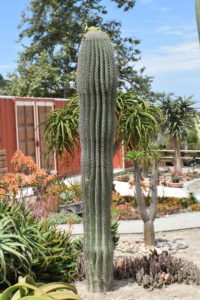
The Saguaro stores water in its trunk and branches as an adaptation to its dry environment. It has a deep anchoring taproot (the main root that goes straight down into the soil) up to 3 feet long and an extensive, shallow, lateral root system (roots that spread outward from the main taproot) that allows it to take up water quickly after the infrequent rains typical of the Sonoran Desert.
The trunk bears dense, strong, thick, spines up to 1.5 inches long on 12–30 prominent, vertical, ribs. The white flowers appear just below the top of the stem between April and June. They are 3-4 inches long and 1-2 inches in diameter. The flowers open during the night and are primarily pollinated by bats that feed on the abundant nectar.
However, they do remain open for some time in the morning when other animals, such as bees and birds, visit the flowers and further aid in pollination. The edible, red, fleshy fruits ripen from May to July and are 1-2 inches long and 1 inch in diameter.
Threats and conservation
Although not considered endangered, the Saguaro cactus is protected under the Arizona Native Plant Law. Illegal collecting of plants is a concern around cities, but the most significant impact on their populations is posed by urban development, especially near Phoenix and Tucson. Nowadays, however, developers have a duty to move or protect Saguaros that would otherwise be destroyed during building operations.
Native Americans
Saguaro fruits are highly prized among Native Americans. The delicious fruits have a juicy, red flesh with lots of tiny, black, nutty-tasting seeds. They were a staple food of the Tohono O’odham and Pima Indians. The seeds are used as chicken food or ground into a flour to prepare a cake.
The internal ‘woody ribs’ of dead stems provided building materials and firewood, and were also used as splints for broken bones.
The Tohono O’odham organized their traditional calendar around the Saguaros annual fruiting cycle and considered the species to be so important that plants were regarded as fellow humans who should not be hurt.
Food for wildlife
The flowers, fruits and seeds of the saguaro are an important food source for Sonoran wildlife, such as the collared peccary, long-nosed bats, rodents, western white-winged doves, woodpeckers and insects. Saguaros provide nesting habitats for birds and small mammals. When Gila woodpeckers and gilded flickers dig their nests into the plant’s flesh it produces a hard callus lining to the cavity that seals it off from the surrounding living tissue. Once a saguaro has died and the soft flesh has rotted away, the hard lining of these bird nesting cavities remains intact, forming curious looking container-like structures that stick out among the remains of the dead plant.
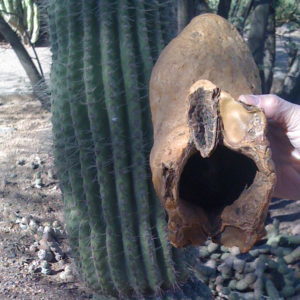
These so-called ‘Saguaro Boots’ were used as containers by North American Indians.

